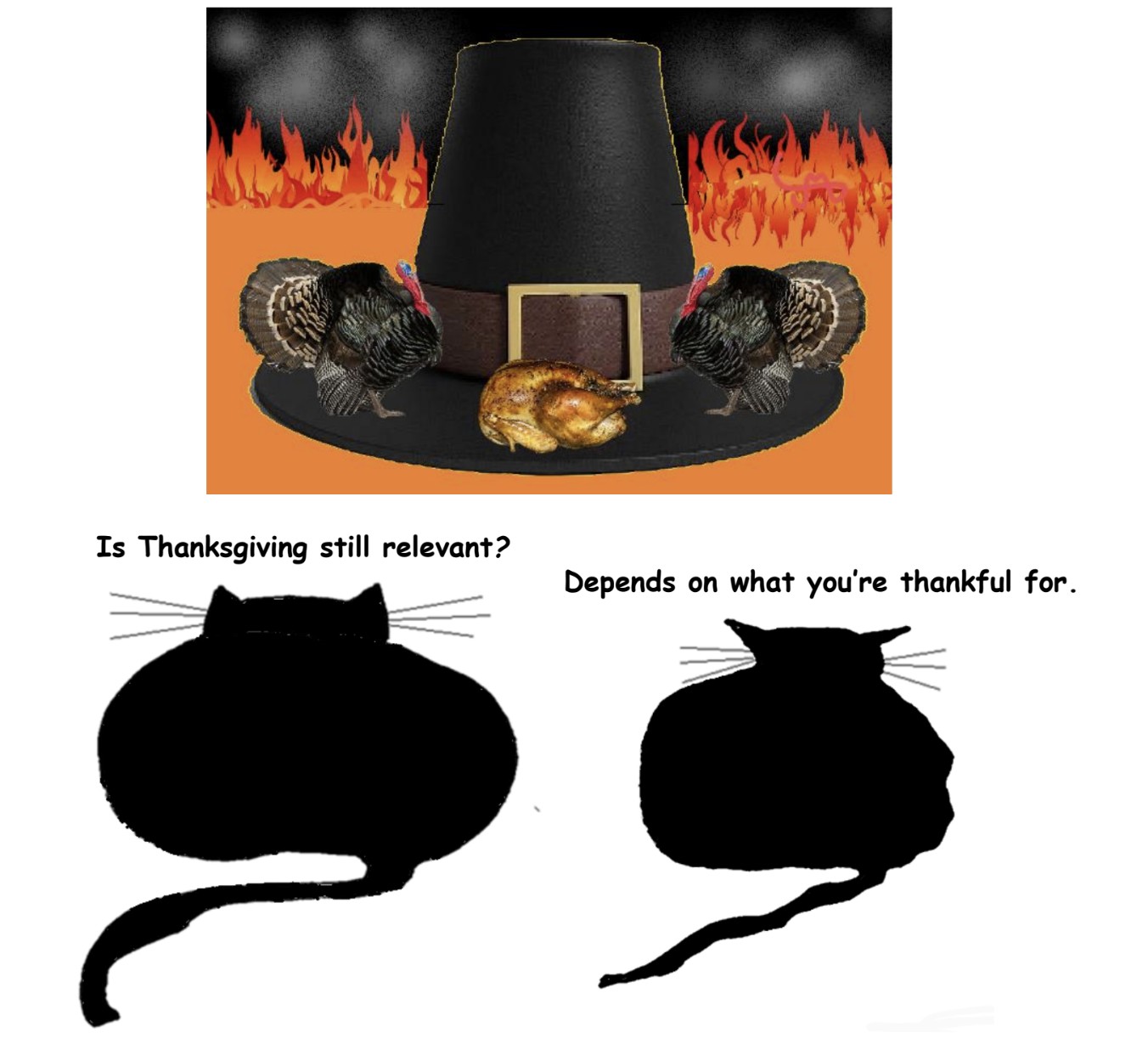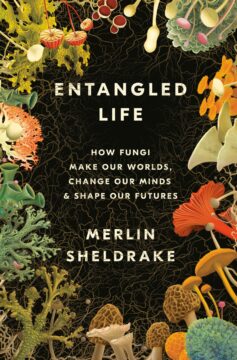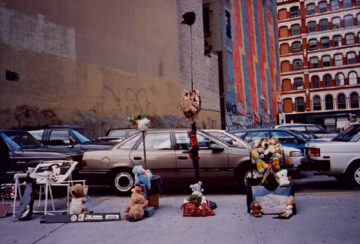by David Greer
 My friend R is a man who takes his simple pleasures seriously, so I asked him to name one for me. Boathouses, he said, without hesitation.
My friend R is a man who takes his simple pleasures seriously, so I asked him to name one for me. Boathouses, he said, without hesitation.
To the best of my knowledge, R has never owned a boat. No canoe or coracle, not a dinghy or dory, nor even a yacht. His abiding passion has always been small planes, especially the four-seat Beech Bonanza he likes to fly to tiny airstrips scattered about the continent, which serve in turn as starting points for terrestrial excursions (folding bicycle) to the back of beyond with his lady love, B.
So why boathouses?
“Well,” said R, “I love the light of the water reflecting on the walls and ceiling of the boathouse. And it’s hard to imagine a more relaxing sound than the gentle lapping of waves against a boathouse slip. It’s a sound that accentuates the pleasure of writing or reading or simple conversation. If you’re inclined to nap, as one does on holiday, there’s nothing more conducive to drifting off to sleep, and then you have the pleasure of a gentle awakening to a charming view of lake or ocean. All nicely framed by the boathouse doors.”
All of which explains why R and B, on their forthcoming trip to Austria to ride motorcycles on winding mountain roads, plan to rent a lake boathouse (mod cons included) as their base. It will be a peaceful counterpoint to the frenetic ecstasy of navigating the “twisties”, as they call the alpine hairpin turns.
Once upon a time, boathouses were simple affairs, erected for the sole purpose of providing safe haven to boats, the kind operated by sweep of arm and sweat of brow. As with all things simple, times changed. Complexities ensued. The two-stroke engine was invented, so boathouses expanded to accommodate motorboats. Motorboats got bigger, and boathouses got larger still. That gave someone the notion to take advantage of the swelling footprint and add a second storey with a bedroom or two, maybe throw in a bathroom, above the boat slips, to the point that many lakeshore boathouses today are more guesthouse than boathouse. Read more »




 Early on, Magona presents readers of Beauty’s Gift with a startling image: the beautiful and ‘beloved’ Beauty laid to rest in an opulent casket, which is then fixed in the earth with cement to prevent theft. Her friends’ memories of Beauty’s charisma and kindness are concretized by the weight of her death from AIDS. From the outset, funerals emerge not merely as a plot point but a structuring device for understanding the social and political implications of the AIDS crisis in South Africa. After opening her novel with Beauty’s funeral, Magona continues with vignettes about various stages of illness, death, and grief. These include a wake, the mourning period, Beauty’s posthumous
Early on, Magona presents readers of Beauty’s Gift with a startling image: the beautiful and ‘beloved’ Beauty laid to rest in an opulent casket, which is then fixed in the earth with cement to prevent theft. Her friends’ memories of Beauty’s charisma and kindness are concretized by the weight of her death from AIDS. From the outset, funerals emerge not merely as a plot point but a structuring device for understanding the social and political implications of the AIDS crisis in South Africa. After opening her novel with Beauty’s funeral, Magona continues with vignettes about various stages of illness, death, and grief. These include a wake, the mourning period, Beauty’s posthumous 
 Humans are beings of staggering complexity. We don’t just consist of ourselves: billions of bacteria in our gut help with everything from digestion to immune response.
Humans are beings of staggering complexity. We don’t just consist of ourselves: billions of bacteria in our gut help with everything from digestion to immune response.

 Sughra Raza. Self Portrait Against Table Mountain. August, 2019.
Sughra Raza. Self Portrait Against Table Mountain. August, 2019.
 Much philosophical writing about food has included discussions of whether and why food can be a serious aesthetic object, in some cases aspiring to the level of art. These questions often turn on whether we create mental representations of flavors and textures that are as orderly and precise as the representations we form of visual objects.
Much philosophical writing about food has included discussions of whether and why food can be a serious aesthetic object, in some cases aspiring to the level of art. These questions often turn on whether we create mental representations of flavors and textures that are as orderly and precise as the representations we form of visual objects.





 The tree was immense even by local standards: a western red cedar that might have been a thousand years old. A botanist would want to measure it; I only wanted to touch its wrinkled face, or kneel among the roots and capture a dramatic snapshot looking up along the trunk. But it was fifty paces away and I couldn’t get there.
The tree was immense even by local standards: a western red cedar that might have been a thousand years old. A botanist would want to measure it; I only wanted to touch its wrinkled face, or kneel among the roots and capture a dramatic snapshot looking up along the trunk. But it was fifty paces away and I couldn’t get there.